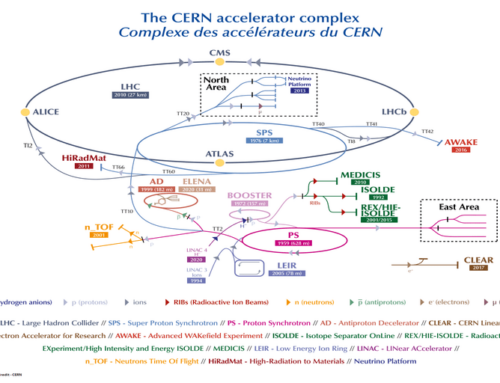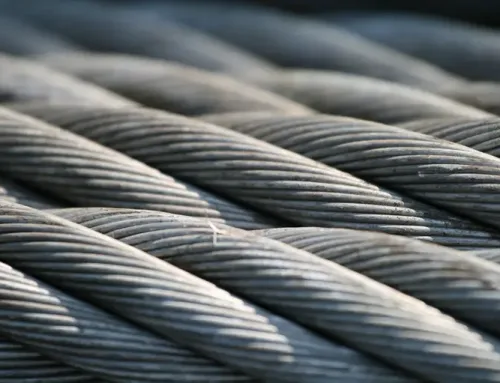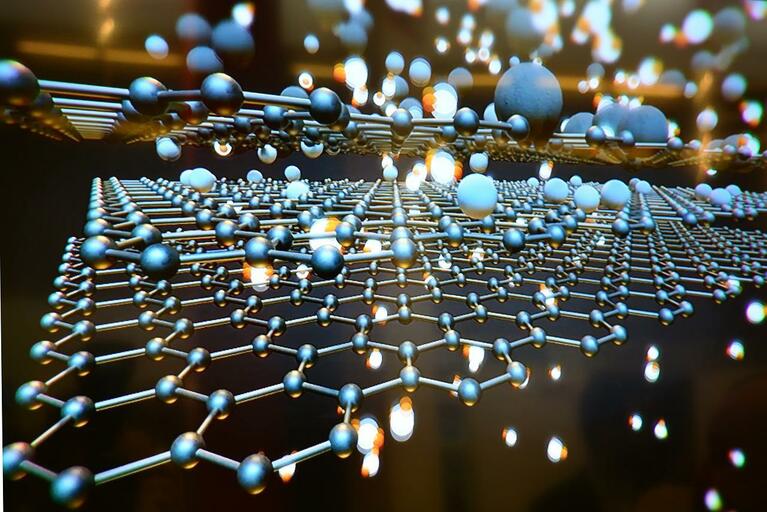
In the modern industrialization era, human society needs strong and powerful constructions to keep moving toward development and growth. In the early days of industrialization Iron was very popular to make heavy and strong infrastructure. After Iron, stainless steel became very popular for machinery evolution. The problem with Iron and stainless steel is their heaviness. This worldwide problem gets solved in the year 2004 when two scientists (Geim and Konstanin) of the University of Manchester discovered a material that is known as Graphene while playing with graphite pencil. Graphite is made of very thin layer of carbon stacked over one by one. Geim and Konstanin wanted to find out the single layer of carbon stacked, that is just one atom thick. It was impossible to separate this thin carbon layer but these two persons made it possible. By segregating a single-layer of carbon, Geim and Konstanin were credited with discovering a fascinating material that is strongest, lightest, and most conductive to electricity on our planet. In year 2010, Geim and Konstanin shared the Noble prize in Physics for discovering Graphene.
What Makes Graphene a Supermaterial?
This material has many distinct properties. Some of them are given below:
- This unrepeatable material is 200 times stronger than steel.
- It is 1000 times lighter than paper.
- At room temperature, it behaves like a good electric conductor.
- It is transparent in nature.
- Graphene is able to convert any wavelength of light into an electric current.
All the unique and marvelous property of this material comes from its internal structure. When you take close look at its internal structure you will find that Graphene looks like a honeycomb. In this honeycomb, every carbon atom is arranged in a manner to form a hexagonal pattern. Individual carbon atoms create covalent bonds to three other carbon atoms and its forms a chain that provides incredible strength to Graphene.
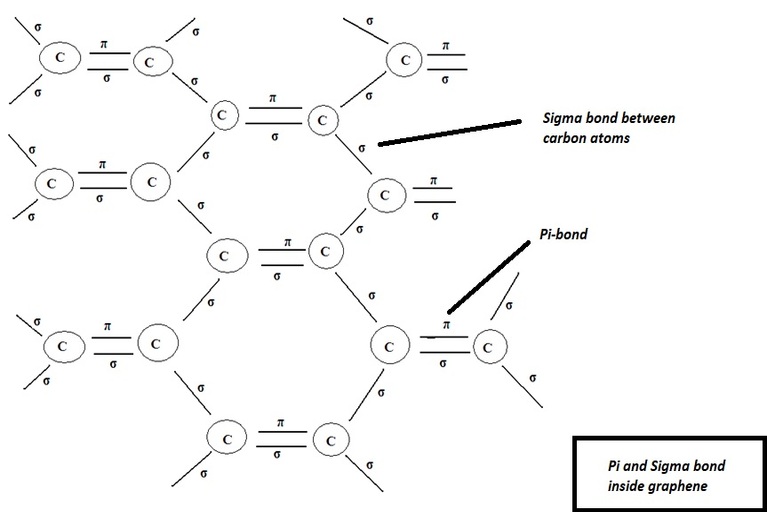
Electronic bond in Graphene
At room temperature, Graphene is a good electric conductor and the reason is very simple. We all know that carbon is having four electrons in the outer orbit of its atom. Three of the electrons generate bonds with the other three carbon atoms whereas one electron remains in Free State. This free electron is also known as pi-electron which is ready to move in three-dimensional space, and it is ready to carry an electric charge from one point to other. The important point of this material is that it conducts electricity with almost zero resistance at room temperature. Because of this property Graphene is the fastest known electric conductor at room temperature.
This extraordinary material is transparent because it is very thin (one atom thick). It absorbs almost all the visible light spectrum coming towards.
Superconductivity Inside Graphene:
Researchers of MIT institute found one miracle property in Graphene. When two sheets of Graphene are stacked together at the right angle, then the layered structure forms into an unconventional superconductor. The research scholars of MIT also suggested that if three layers of Graphene were stacked like a sandwich and the middle layer rotated by 1.56 degrees with respect to the outer layers then the twisted configuration would create a kind of symmetrical atomic structure that would encourage free electrons to move inside with resistance. That’s how Graphene achieved superconductivity in tri-layer form.
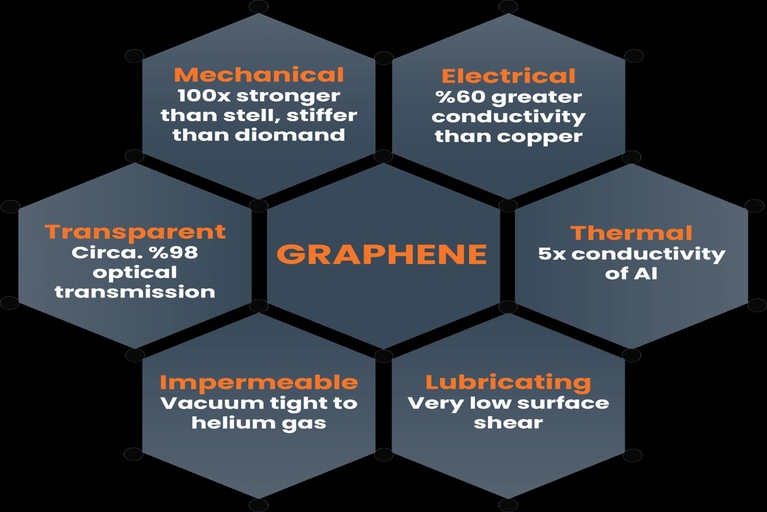
Uniqueness of Graphene
Technological Transformation in Presence of Graphene:
Even after the discovery of Graphene superconductivity is still away from consumers, but revolutionary Graphene-based products will be available in upcoming years. Many of the enthusiasts and consumers are eagerly waiting for unique material-based products like batteries. As of now, lithium ion-based batteries are high in demand. We have already seen that these batteries have their limitation such as heat generation, slow charging, and quick discharging. These drawbacks will be eliminated in Graphene-based batteries. Graphene-based batteries will have at least five times faster charging speed than lithium-ion-based batteries.
Some of the electronics manufacturers like Samsung and Huwei are proactively working on the development of Graphene based products. As of now, very few Graphene-based products are present in the consumer market like display screens and batteries. These products are still in the development phase. Several research teams are still trying to harvest the entire property and capacity of Graphene to change the technological era.
Thanks for reading. See you soon with another exploration!

